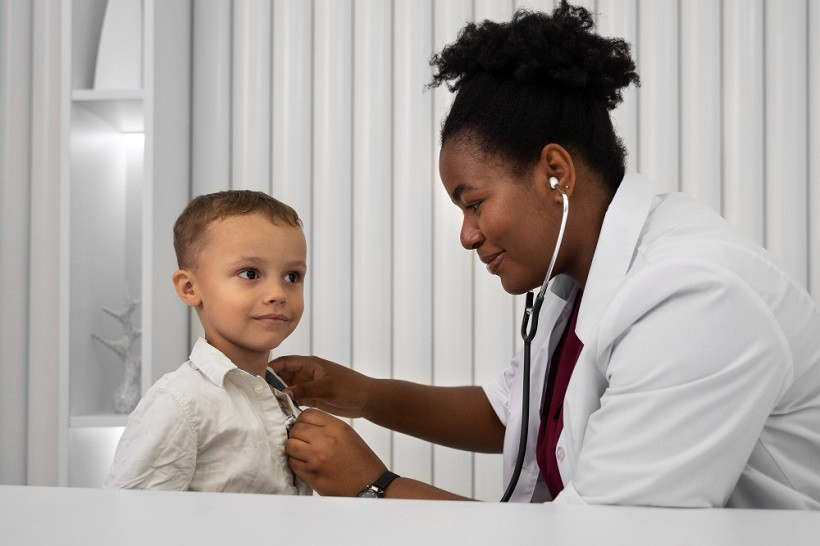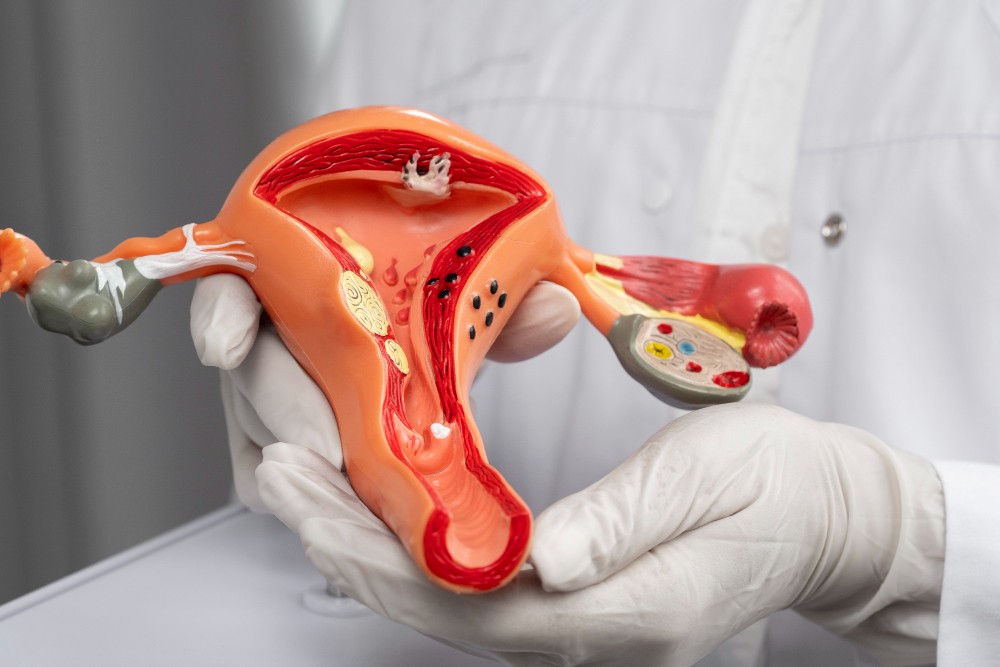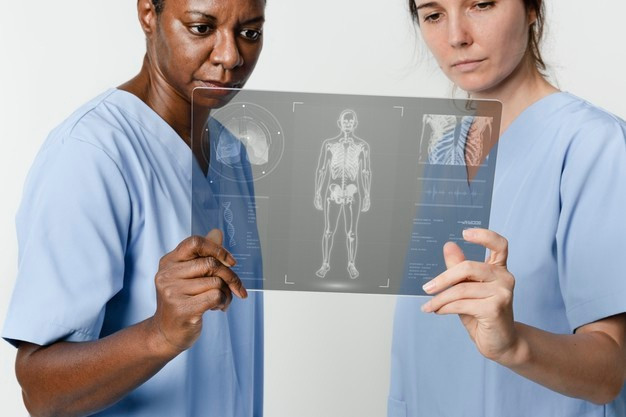Benign tumors are abnormal cell collections that are non-cancerous, making them generally considered harmless. They tend to grow at a slower pace compared to malignant tumors and do not metastasize to other body parts.
These tumors can develop in various locations including the bones. Let's explore further details about bone tumors in children.
What is a benign bone tumor?
Benign tumors can grow on any part of the body, including the bones. Most tumors that grow in the bones are benign tumors, not malignant (cancerous) tumors. Benign tumors will not spread to other parts of the body and will only grow in that area.
Benign bone tumors often involve the femur, shin, upper arm bone, pelvic bone, spine, and ribs. Some types of tumors are quite common in the spine or in other bones such as the hips, knees, and shoulders.
Most cases of benign bone tumors in children appear while the body's skeleton is still growing. The good news is that benign tumors can stop growing after the child reaches bone maturity, where the bones have stopped growing, namely between the ages of 14–16 years in girls and between 16–19 years in boys.
Types of benign bone tumor in children
Common benign bone tumors seen in children include:
Non-ossified fibroma (NOF)
Non-osified fibroma is the most common benign bone tumor seen in children. The incidence reaches 40% of cases. This type of benign bone tumor usually disappears by itself when the child has grown up.
Osteochondroma
Osteochondroma is an overgrowth of cartilage and bone located at the end of the bone, near the growth plate. This type of benign bone tumor often affects the long bones in the legs, pelvis, or shoulder blades. Growth most often occurs at the age of 10–30 years and can affect both men and women.
Chondroblastoma
Chondroblastoma, or Codman's tumor, is a type of benign tumor that grows in the joints or ends of bones, generally affecting the femur, upper arm, and shin bones. This type of tumor is usually found in children or young adults and can cause significant pain symptoms.
Unicameral bone cyst (UBC)
UBC is a type of benign bone tumor that is very common in children. This tumor can occur if the bone in the chamber that should contain the bone is actually filled with fluid.
Bone cyst aneurysm (ABC)
Naturally, children's bones will grow with age. However, in the process, sometimes abnormalities such as aneurysmal bone cysts (ABC) occur. Aneurysm bone cysts are blood-filled cysts that can dilate bones and cause pain, swelling, and fractures.
Even though it is benign, aneurysmal bone cysts can damage and cause bone fractures.
Osteoid osteoma
Osteoid osteoma is a small benign bone tumor that usually grows in long bones, for example, the femur of the hand and sometimes the lower part of the spine. These benign tumors do not spread, but they can cause pain.
Most benign bone tumors are curable. However, if you need medical advice or consultation, you can either visit a doctor or make use of the consultation features that are available in the Ai Care application by downloading the Ai Care application from the App Store or Play Store.
Want to know information about other diseases? Click here!
- dr Nadia Opmalina
Cleveland Clinic (2021). Benign Bone Tumors. Available from: https://my.clevelandclinic.org/health/diseases/16775-benign-bone-tumors
Cedars Sinai. Bone Tumors (Benign). Available from: https://www.cedars-sinai.org/health-library/diseases-and-conditions/b/bone-tumors-benign.html
Cleveland Clinic. Non-Ossifying Fibroma. Available from: https://my.clevelandclinic.org/health/diseases/21984-non-ossifying-fibroma
John Hopkins Medicine. Osteochondroma. Available from: https://www.hopkinsmedicine.org/health/conditions-and-diseases/osteochondroma
Cleveland Clinic (2021). Chondroblastoma. Available from: https://my.clevelandclinic.org/health/diseases/22095-chondroblastoma
Ortho Kids. Unicameral Bone Cyst (UBC). Available from: https://orthokids.org/conditions/unicameral-bone-cyst-(ubc)/
Boston Children's Hospital. Aneurysmal Bone Cyst. Available from: https://www.childrenshospital.org/conditions/aneurysmal-bone-cyst
Boston Children's Hospital. Osteoid Osteoma. Available from: https://www.childrenshospital.org/conditions/osteoid-osteoma
Alysha Vartevan, DO, et all. Pediatric bone imaging: Differentiating benign lesions from malignant. Available from: https://www.appliedradiology.com/communities/Pediatric-Imaging/pediatric-bone-imaging-differentiating-benign-lesions-from-malignant












